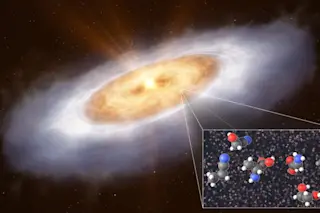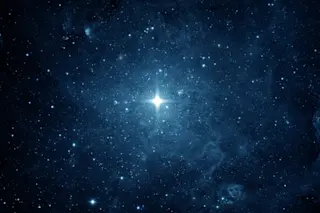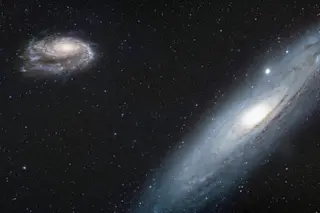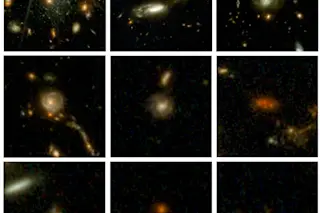Astronomers have determined beyond all reasonable doubt that the heart of the Milky Way is a supermassive black hole, two research teams say. Astronomers have inferred the existence of a gravitational monster in the center of our galaxy for years, but the new results are
"the best empirical evidence that super-massive black holes do really exist" [CNN],
said researcher Reinhard Genzel. Similar supermassive black holes are thought to form the center of many spiral and elliptical galaxies, and astronomer Robert Massey says
the results suggest that galaxies form around giant black holes in the way that a pearl forms around grit. Dr Massey said: "Although we think of black holes as somehow threatening, in the sense that if you get too close to one you are in trouble, they may have had a role in helping galaxies to form - not just our own, but all galaxies" [BBC News].
Massey ...













